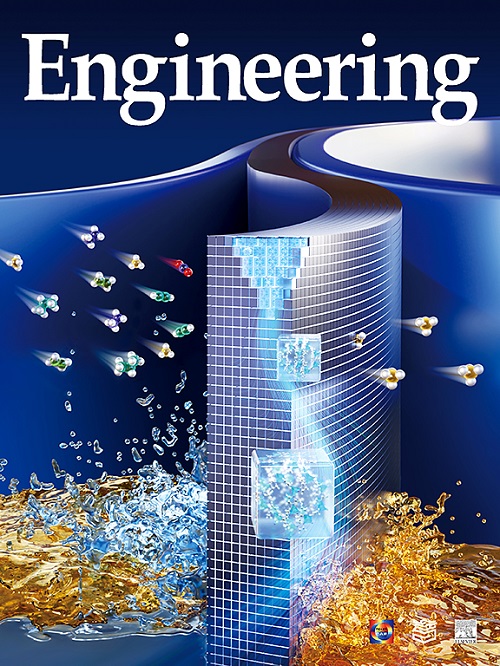城市地下空间开发在实现碳中和中的作用:中国国家层面的分析
IF 10.1
1区 工程技术
Q1 ENGINEERING, MULTIDISCIPLINARY
引用次数: 0
摘要
本文章由计算机程序翻译,如有差异,请以英文原文为准。
Role of Urban Underground-Space Development in Achieving Carbon Neutrality: A National-Level Analysis in China
Surface space constraints and the associated massive carbon emissions present significant challenges to the sustainable development of megacities. Urban underground space (UUS) construction is expected to provide a practical approach for alleviating the space constraints of surface construction. However, in-depth examinations of the overall UUS system to reveal carbon emissions in the complex matrix are lacking. This study demonstrates the vital role of UUS development in achieving carbon neutrality using a streamlined life-cycle assessment method. Carbon emissions and the mitigation potential of building underground spaces, metro systems, and geothermal energy sources are analyzed. The construction of underground spaces in buildings is the largest carbon emitter within the entire UUS system, releasing a considerable 547.2 Mt in 2020. However, geothermal carbon sequestration, a significant element of the UUS system, provided an unexpected and impressive contribution, sequestering 170 Mt of carbon in 2020. This study shows that UUS addresses the lack of space for urban development and is a low-carbon method of urban construction. Therefore, developing low-carbon building technologies and improving the UUS development model is imperative to achieving better low-carbon balance. This helps to promote more coordinated and sustainable urban development.
求助全文
通过发布文献求助,成功后即可免费获取论文全文。
去求助
来源期刊

Engineering
Environmental Science-Environmental Engineering
自引率
1.60%
发文量
335
审稿时长
35 days
期刊介绍:
Engineering, an international open-access journal initiated by the Chinese Academy of Engineering (CAE) in 2015, serves as a distinguished platform for disseminating cutting-edge advancements in engineering R&D, sharing major research outputs, and highlighting key achievements worldwide. The journal's objectives encompass reporting progress in engineering science, fostering discussions on hot topics, addressing areas of interest, challenges, and prospects in engineering development, while considering human and environmental well-being and ethics in engineering. It aims to inspire breakthroughs and innovations with profound economic and social significance, propelling them to advanced international standards and transforming them into a new productive force. Ultimately, this endeavor seeks to bring about positive changes globally, benefit humanity, and shape a new future.
 求助内容:
求助内容: 应助结果提醒方式:
应助结果提醒方式:


